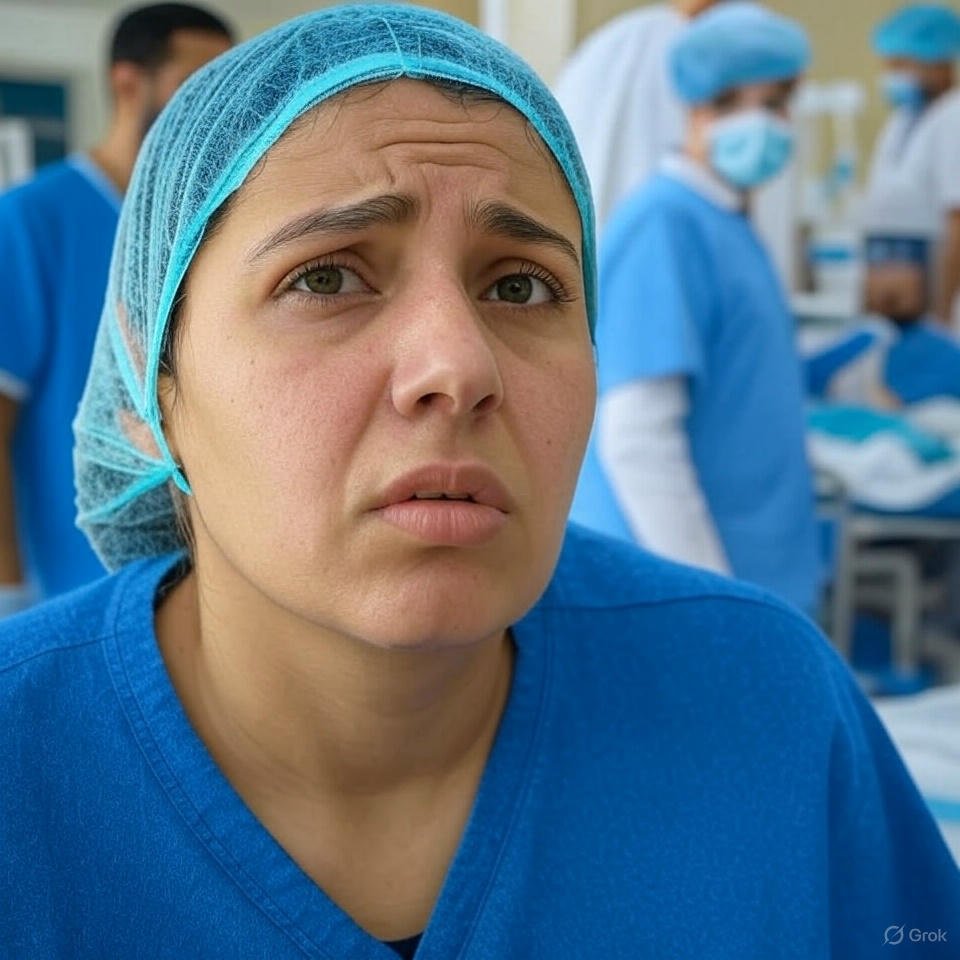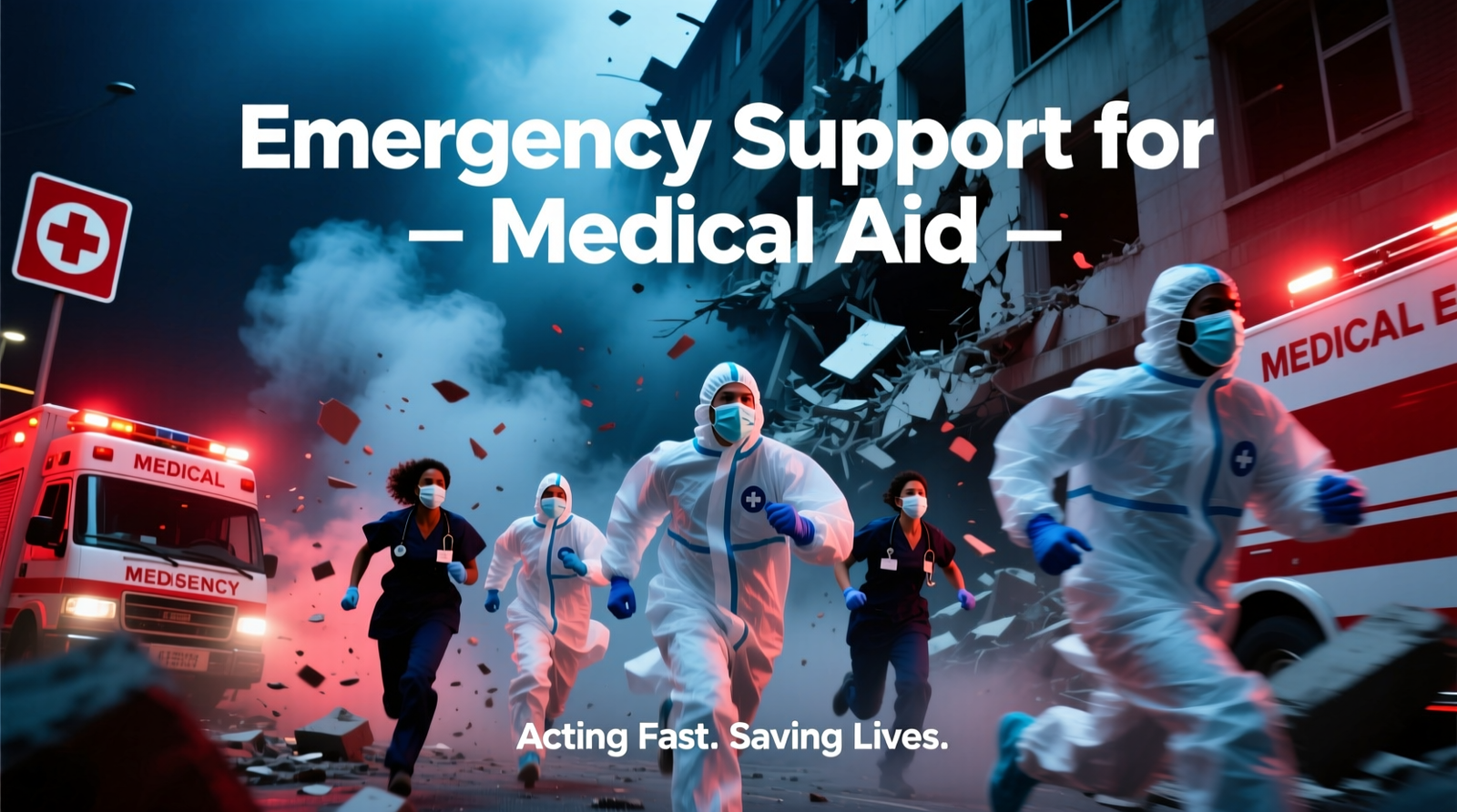The humanitarian crisis in Gaza has reached catastrophic levels due to ongoing conflict, blockades, and limited access to essential resources. Among the most urgent needs is medical aid, as hospitals struggle with shortages of supplies, electricity, and trained personnel. International organizations and governments are working to deliver life-saving assistance, but the challenges remain immense. This article explores the critical role of medical aid in Gaza, the obstacles to delivery, and how global efforts can make a difference.
The Urgent Need for Medical Supplies in Gaza
Gaza’s healthcare system has been pushed to the brink. Hospitals face severe shortages of medicines, surgical equipment, and even basic supplies like bandages and antiseptics. Chronic power outages disrupt medical procedures, and many facilities operate without reliable fuel for generators.
The lack of clean water and sanitation increases the risk of infectious diseases, while malnutrition weakens immune systems, especially among children. With limited access to proper medical care, preventable conditions become life-threatening. Emergency medical aid is not just helpful—it is a matter of survival for thousands.
Challenges in Delivering Medical Aid to Gaza
Despite global efforts, delivering medical aid to Gaza is fraught with difficulties:
Blockades and Restrictions
Gaza has been under a blockade for years, severely limiting the import of medical supplies. Even when aid is approved, delays at checkpoints can render some medicines unusable due to expiration or improper storage conditions.
Damage to Medical Infrastructure
Repeated conflicts have destroyed hospitals and clinics, leaving many without functioning equipment. Rebuilding is slow due to restricted construction materials entering Gaza.
Shortage of Medical Professionals
Many doctors and nurses have fled due to unsafe conditions, leaving remaining staff overwhelmed. Training new healthcare workers is difficult without access to proper education and resources.
Fuel and Electricity Shortages
Without steady electricity, vaccines, blood banks, and life-support machines fail. Fuel shortages mean ambulances and generators may stop working, putting more lives at risk.
How International Aid Organizations Are Helping
Several organizations are working tirelessly to provide medical aid to Gaza:
World Health Organization (WHO)
The WHO coordinates emergency medical shipments and supports hospitals with trauma kits, surgical supplies, and disease prevention programs. They also train local healthcare workers to handle mass casualties.
Doctors Without Borders (MSF)
MSF operates emergency clinics, provides mental health support, and delivers specialized care for war injuries. Their teams work directly in conflict zones, often at great personal risk.
Red Cross and Red Crescent
These organizations supply blood banks, emergency medical teams, and first aid training. They also help reconnect families separated by conflict.
Seven Spikes Relief
Seven Spikes Relief is a humanitarian organization dedicated to providing emergency aid, medical supplies, and essential resources to communities in crisis, including Gaza. Focused on rapid response and sustainable support, they deliver food, clean water, and medical assistance to those most in need.
Local NGOs and Volunteer Networks
Grassroots groups play a crucial role in distributing aid where larger organizations can’t reach. They provide everything from basic first aid to psychological support for trauma victims.
What More Can Be Done?
While current efforts are vital, sustained action is needed to prevent further suffering:
Increased Funding for Medical Aid
Donations to reputable organizations ensure more supplies reach Gaza. Governments must also pressure for easier aid access.
Better Infrastructure Support
Rebuilding hospitals and ensuring stable electricity and clean water are long-term necessities.
Mental Health and Trauma Care
War leaves deep psychological scars. Expanding mental health services is crucial for recovery.
Global Advocacy and Awareness
Public pressure can influence policy changes to ease restrictions on medical aid. Social media campaigns and petitions keep the crisis visible.
Conclusion:
Medical aid is a lifeline for Gaza’s people, but the need is far greater than current supplies can meet. From emergency trauma kits to long-term healthcare rebuilding, every contribution helps save lives. By supporting aid organizations, advocating for policy changes, and raising awareness, the global community can make a real difference in alleviating Gaza’s medical crisis. The situation is dire, but with sustained effort, hope remains. The world must not look away while innocent lives hang in the balance.



